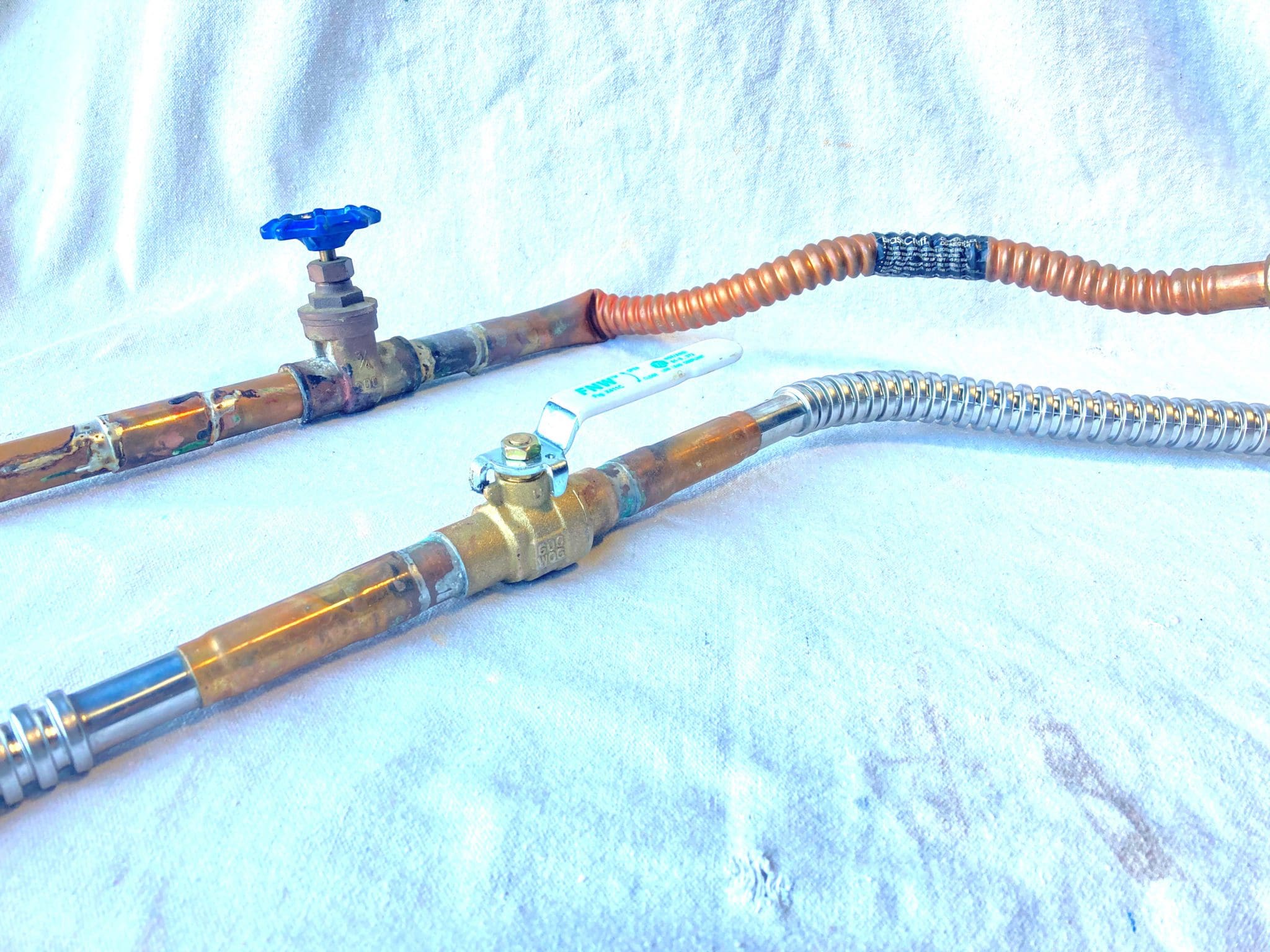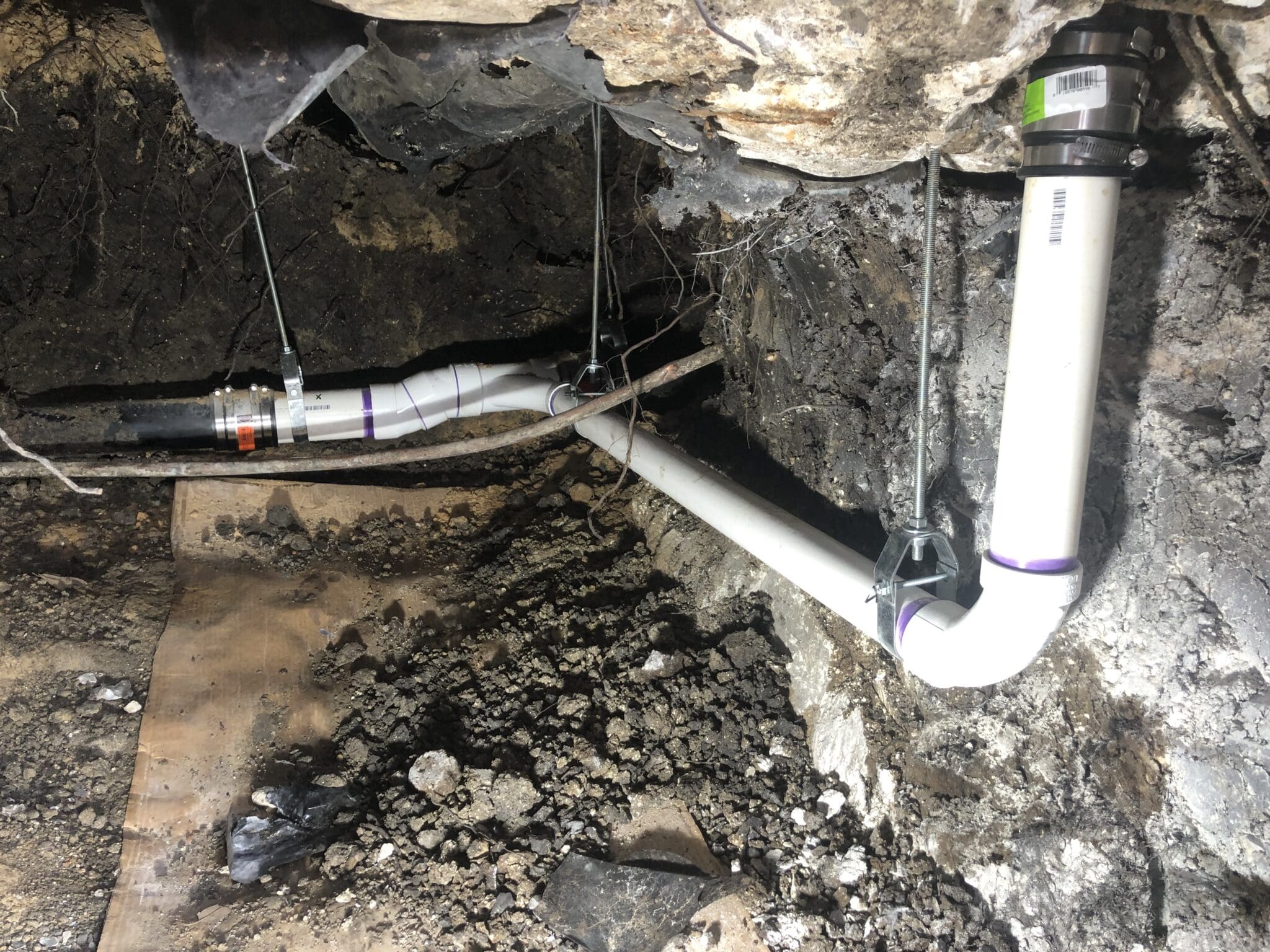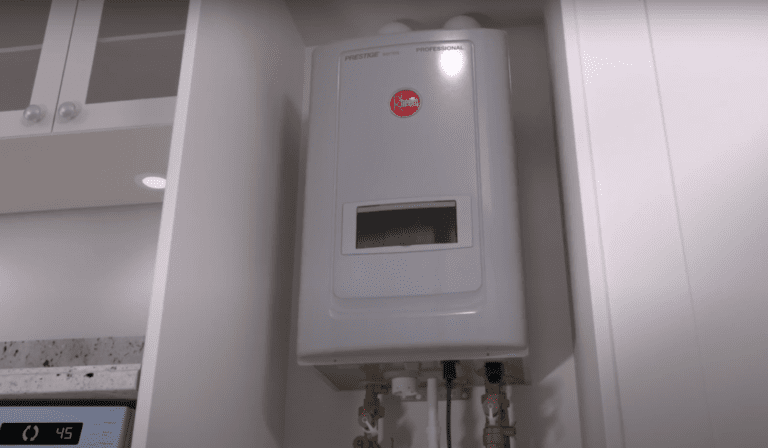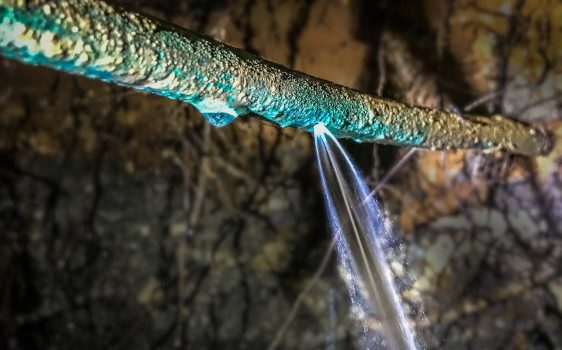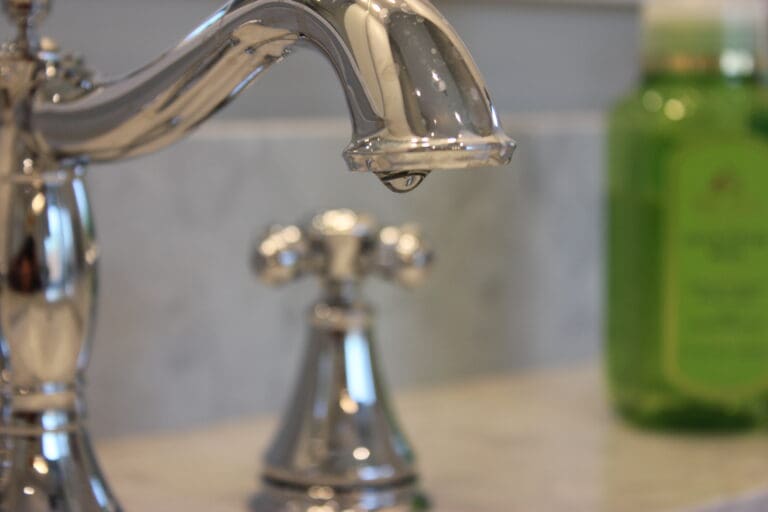Sub-Freezing Temps Lead to Headaches & Burst Pipes in North Texas
Although the climate in North Texas is generally warm, with hot summers and mild winters, temperatures can plummet to below-freezing in the winter months of December, January, and February.
While snow is not frequent, it’s not unusual for North Texas to experience at least one or two blasts of Arctic cold air per season, dropping temperatures into the twenties or lower for a few days. Many Texans are still dealing with the financial effects of the 2021 Texas winter storm, which froze thousands of pipes in the state. These extended bouts of sub-freezing temperatures can lead to severe headaches on the plumbing front.
For North Texas residents, these problems usually take the form of frozen or burst pipes – a disruptive nightmare as it is costly. This article looks closely at strategies to prevent frozen pipes, detect when pipes have frozen, emergency thawing techniques, and control the damage should the pipes burst in your home.
First, let’s consider practical preventive measures against frozen pipes in Texas.
Essential Strategies to Prevent Frozen Pipes
The best way to prevent burst pipes in your home is to take steps to stop them from freezing when the temperatures are high.
Protect Pipes Against Winter Temperatures
When it comes to insulating pipes and preventing them from freezing, consider the following:
- Identify At-Risk Pipes: Identify vulnerabilities like exposed or inadequately insulated pipes along exterior walls and in unheated areas such as attics and crawl spaces.
- Add Insulation: Use foam sleeves, fiberglass blankets, rubber foam, and heat tape to protect exposed and otherwise vulnerable piping sections.
- Focus On Key Areas: Pay special attention to protecting pipes in critical areas. Examples include places where pipes pass through walls or floors, outdoor faucets, and exposed plumbing lines.
- Maintain Minimum Temperatures: For properties that are not occupied, set the thermostat to a minimum of 55°F to maintain a consistent indoor temperature and ensure heat circulation throughout the house. Open cabinet doors under sinks to ensure warm air can reach pipes, particularly along northern walls.
Burst Pipe Preparedness Techniques
There are three steps you can take to be prepared for Texas winter storms and frozen pipes:
- Locate the main water shut-off valve. You must be able to turn off the water quickly to prevent further damage in the event of a burst pipe.
- Create an emergency plumbing kit containing a meter key, pipe wrenches, channel-lock pliers, and plumber tape.
- Keep Legacy Plumbing’s contact info handy so our reliable local plumbers can offer quick-response services.
Identifying and Responding to Frozen Pipes in Texas Homes

Unfortunately, the pipes in your home may freeze and burst despite your best efforts. That’s why it’s important to become familiar with the early warning signs that pipes may be freezing.
Visual indicators of an imminent pipe freeze can include:
- Visible ice or frost buildup on pipes.
- Noticeable cracks or bulges on pipe surfaces.
- Puddles or rings on drywall or ceilings.
- Visible leaks around pipe joints.
Keep the temperature threshold in mind during winter months – when the ambient temperature is low enough to cause the water inside pipes to freeze. This threshold is generally considered to be at 20°F.
In the worst-case scenario, when one or more of your pipes have frozen despite all precautions, conduct a thorough risk assessment of your plumbing.
Focus on:
- Water damage to walls, floors, furniture, or appliances.
- Limited or complete lack of access to running water.
- Structural damage to your home due to burst pipes.
Unless addressed immediately, standing water from a leak or burst pipe can lead to mold growth and pose severe health risks.
Read More: 5 Winter Plumbing Myths.
Emergency Frozen Pipe Thawing Techniques
If you discover a frozen pipe and do not have immediate access to a professional plumbing service, there are several safe frozen pipe thawing techniques.
Professional Pipe Thawing Techniques
These techniques are effective but require the right equipment.
- Use a Heat Gun: Plumbers often use heat guns – handheld tools that emit hot air – to apply controlled heat to frozen pipes.
- Pipe Wrapping Heat Tape: These electric tapes can be installed around the frozen section of a pipe and plugged into to gradually thaw the freeze.
Home Remedies for Frozen Pipes
These techniques do not require specialized equipment but can be as effective in less severe circumstances.
- Hair Dryer: Direct warm air evenly along the frozen section of piping, starting from the faucet end and working outward.
- Space Heater: For hard-to-access spots, place a space heater as close to the frozen section as possible and wait to warm the surrounding air gradually. Do not leave the area unattended.
- Fan: Circulate warm air in areas with plumbing in exterior walls.
Remember to keep the faucets partially open in all these techniques to relieve the pressure of thawing ice.
Comprehensive Guide to Burst Pipe Damage Control
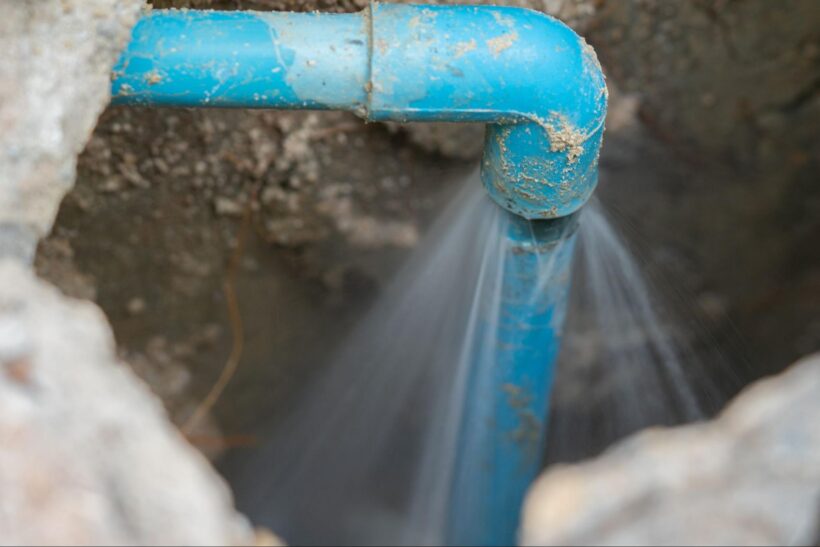
A burst pipe can be a minor catastrophe with major cost, convenience, and structural implications.
Immediate action on your part can limit the damage it causes.
Here’s what you must do in such a situation:
- Find the shut-off valve, usually located near the water meter, and turn it fully off.
- Turn on all faucets around the house to drain whatever water remains in the pipes.
- Start cleaning up by soaking off excess water with towels or by using a dry/wet vacuum cleaner.
- Take pictures of the burst pipe and affected areas from different angles for the insurance company.
- Finally, contact Legacy Plumbing.
Read More: Repairing Frozen Pipes That Have Burst.
FAQs on Preventing Burst Pipes in North Texas
Will frozen pipes thaw on their own?
- Eventually, yes. However, letting pipes thaw out on their own is not recommended because it can lead to bursts that cause further damage. Frozen pipes must be addressed immediately. If you have a frozen pipe it may be best to shut the water off to your home until exterior temperatures rise above freezing. Once temperatures have risen, check for leaks by turning the water on slightly and inspecting the area affected by the frozen pipe. Be prepared to shut the water off immediately if you spot a leak. Check the water meter for movement once you have quickly walked through the house. If the water meter is still moving, shut it off and check the house for leaks again. Do not leave the water on indefinitely until you see the water meter stop moving. Once the meter stops moving, check all your plumbing fixtures to ensure they have water pressure. If you have pressure everywhere and the meter is not moving then you should be in the clear.
How long does it take for pipes to thaw naturally?
- It depends on how long it takes the outside temperature to rise above the freezing point, but this could take hours or days depending on the outside temperatures.
How to unfreeze water pipes?
- You can try a combination of professional techniques or home remedies. The first involves using a heat gun, infrared heating tools, and pipe-wrapping heat tape. The latter involves using fans, hair dryers, and space heaters.
Long-Term Protection Strategies for North Texas Homeowners
You need an effective long-term approach to prevent pipes from freezing or bursting in the future. Besides the preventive measures already discussed above, here are some strategies for protecting your pipes:
- Pipe Replacement or Relocation: Use flexible and durable options like PEX piping, which is more resistant to bursting than traditional metal or plastic pipes. Move pipes away from exterior walls and other areas prone to freezing wherever possible.
- Circulate hot water in pipes: Install a recirculation pump with a bypass valve to keep pipes prone to freezing warm.
- Pipe Thawing Systems: Consider installing a pipe thawing system that uses warm air or water to keep pipes above freezing temperatures in vulnerable areas.
- Temperature Sensors: Temperature sensors can be programmed to set off alarms when the mercury drops to dangerously low levels.
If an extreme cold spell is in the forecast, take proactive measures like raising the thermostat and leaving faucets dripping. Also, remember to check pipes in unheated areas and ensure they are adequately protected before winter sets in. Contact Legacy Plumbing for solutions that guarantee your peace of mind.




